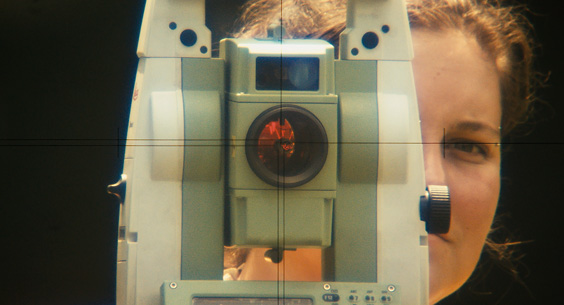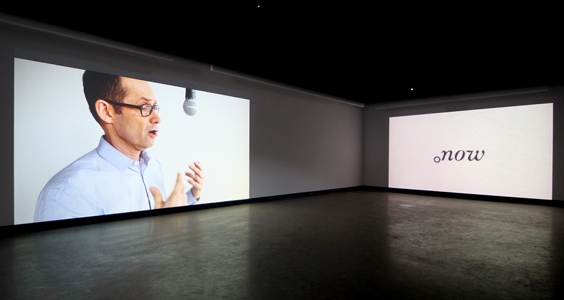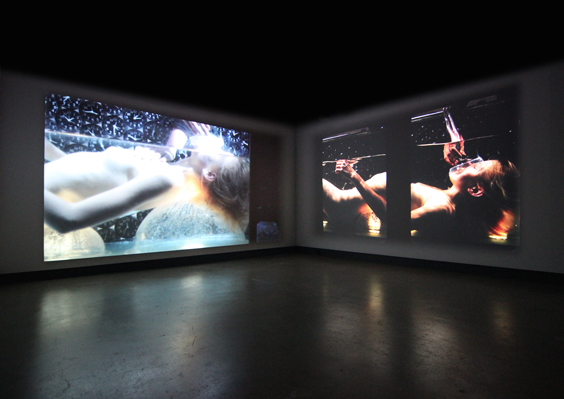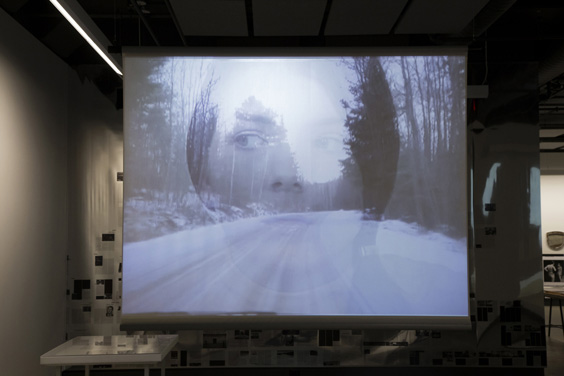
© David K. Ross, Théodolitique (2015)
[français]
DAVID K. ROSS
POSITIONS
10 September – 7 November 2015
Dazibao, Montréal
Positions brings together a selection of three moving image works and a suite of drawings by artist David K. Ross. Through the use of customized lens-based devices, Ross explores how sight and sound can be manipulated to alter perception of physical space. In each of the works on display, the viewer is placed in a privileged position and is offered specific access to locations and activities that would otherwise remain concealed or out of reach. Continue reading “David K. Ross “Positions” at Dazibao, Montréal”



